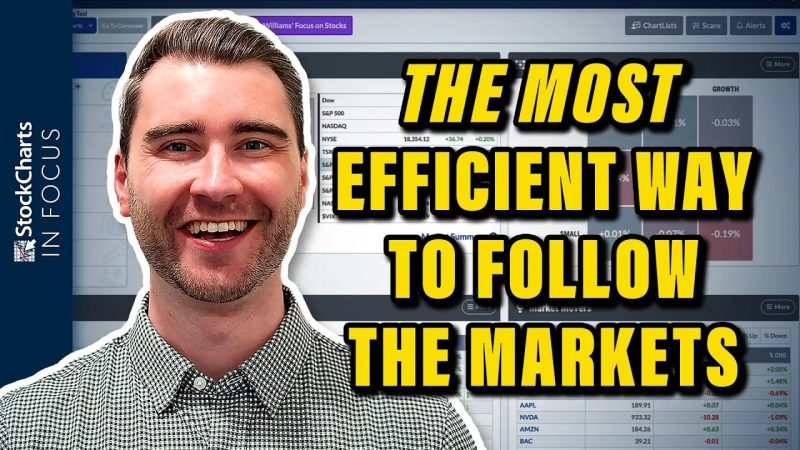One of the keys to successful investing is staying informed about the markets and being able to quickly access relevant data and insights. The ability to customize your own dashboard can be a game-changer in this regard, allowing you to tailor your market monitoring experience to your specific needs and preferences. By following a few simple steps, you can create a personalized dashboard that provides you with the information you need in a clear and efficient manner. Here’s how to go about it:
1. Identify Your Key Metrics:
The first step in creating a customized dashboard is to identify the key metrics and data points that are most relevant to your investment strategy and goals. This could include stock prices, market indices, sector performance, news headlines, or any other information that you find useful in making informed decisions. By knowing what information is most important to you, you can ensure that your dashboard is focused and clutter-free.
2. Choose the Right Tools:
Once you have identified your key metrics, the next step is to choose the right tools to build your dashboard. There are a variety of platforms and software available that allow you to create customized dashboards, ranging from free options to more advanced paid services. Some popular choices include Google Sheets, Microsoft Excel, and specialized dashboard tools like Tableau or Power BI. Select a tool that aligns with your technical expertise and budget.
3. Gather and Organize Data Sources:
With your selected tools in hand, the next step is to gather and organize the data sources that will populate your dashboard. This may involve connecting to financial APIs, importing data from spreadsheets, or integrating with other online resources. Make sure to verify the accuracy and reliability of your data sources to ensure that the information displayed on your dashboard is up-to-date and trustworthy.
4. Design Your Dashboard Layout:
Now comes the fun part – designing the layout of your dashboard. Consider how you want to visually represent the data, whether through tables, charts, graphs, or other visualizations. Organize your widgets and data points in a logical and intuitive manner, making it easy for you to quickly scan and interpret the information. Experiment with different layouts and styles until you find a design that works best for you.
5. Test and Refine:
Once you have built your dashboard, take the time to test it out and make any necessary refinements. Ensure that all data points are updating correctly, that the layout is user-friendly, and that the dashboard is meeting your information needs. Be open to feedback from others and be willing to make adjustments as needed to optimize the effectiveness of your dashboard.
In conclusion, creating a customized dashboard for monitoring the markets can be a highly efficient way to stay informed and make well-informed investment decisions. By following these steps and tailoring your dashboard to your specific needs, you can streamline your market analysis process and gain a competitive edge in the world of investing.

